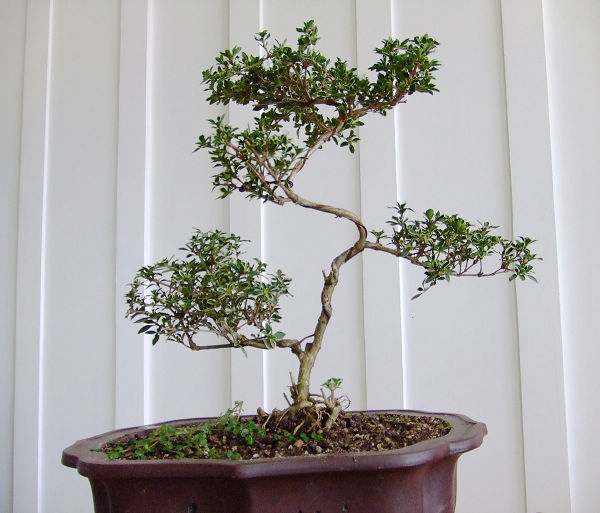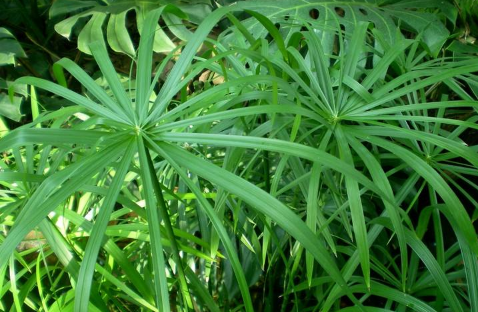Matters needing attention in cultivating lilac flowers
1, lilac is a subtropical plant, like the island climate, the average plant climate is not less than 21 degrees Celsius.
2. The temperature below 3 degrees Celsius will lead to the death of lilac plants.
3. Lilac culture should choose neutral soil, avoid acidic soil, not resistant to waterlogging, watering should be paid attention to, not too much watering.
4. Lilac flowers pay attention to the control of insect pests, the main pests are aphids, bag moths and thorns. 80-1000 times 40% dimethoate emulsion or 1000 times 25% imidophos emulsion can be used.

The above are the methods and points for attention of lilac culture introduced by the editor. I hope that flower friends can cultivate healthy and beautiful lilac flowers! If you are interested in other knowledge of lilac, you can pay more attention to this website!
Methods and matters needing attention in lilac culture
Culture methods of lilac flowers 1. Fertile soil
Lilac has strong stress resistance and low demand for soil. It is suitable for growing in fertile, loose and well-drained soil, and it is difficult to grow in low-lying shady and humid places.
2. Watering properly
Cloves have strong adaptability and extensive nursing methods. As long as we pay attention to weeding, waterlogging prevention in rainy season and watering in drought, we can grow smoothly.
3. Plenty of sunshine
Lilacs like plenty of sunshine and can bear half-shade, so be careful to plant them where they can provide enough sunshine.
4. Temperature control
Lilac is fond of tropical island climate, and the climate of the original area belongs to equatorial rain forest climate. When the lowest monthly average temperature is 21 ℃ and the low temperature reaches 3 ℃, it can lead to plant death.
5. Fertilization control
Lilacs do not like big fat, do not fertilize too much, so as not to cause branches to grow and affect flowering. It is generally possible to apply rotten compost once a year or every other year before winter.
6. Pest control
There are few diseases and insect pests in lilacs. The main pests are aphids, pocket moths and thorns. It can be sprayed with 800-1000-fold 40% dimethoate emulsion or 1000-fold 25% imidophos emulsion.
7. Turn the basin
Turning the basin every 2-3 years, combined with turning the basin, pruning the root system, removing part of the old root and over-growing root system, removing the old 1B2 soil and replacing it with newly cultured soil to facilitate root development, leaf growth and flower propagation.
8. Pruning
Before the lilac sprouted in the middle of March, the clove should be shaped and pruned, sulfur removed dense branches, thin and weak branches, disease and insect branches, and cut off the long branches to make the canopy ventilated and transparent. If there is no seed left after the flower fade, the residual flower together with the two buds in the lower part of the flower ear can be cut off to reduce nutrient consumption and promote the germination of new branches and the formation of flower buds. After falling leaves, you can also carry out a pruning to keep the crown round and beautiful, which is conducive to growth and flowering in the coming year.
Matters needing attention in lilac culture
The main results are as follows: 1. in the early stage, the wind prevention work should be done well before the typhoon, and the trunk of the clove plant can be fixed with rope and bamboo, so as to reduce the shaking of the typhoon to the clove plant and reduce the harm.
2. Weed around clove plants and cover them with grass in July, September and October every year, but do not turn them over with a hoe to hurt Gyabgon. Weeds in other parts of the woodland are cut for ground cover and can also be used as green manure to cover the ground instead of natural vegetation. Weeding works until the canopy closes and inhibits the growth of weeds.
3. After planting 3-4-year-old seedlings, the branches on the ground should be strongly pruned, that is, they should be cut off from 30 centimeters above the ground, and strong branches will grow soon after cutting off, so that the crown will be plump, and luxuriant flowers will bloom in the second year.
Culture methods and matters needing attention of clove flowers
Many people have seen the beautiful lilac and like it very much. some people want to make it into a potted plant and grow it at home, but they do not know how to raise the lilac or how to raise it. Today, I will make a specific introduction to the breeding methods of lilacs. I will not only tell you how to raise lilacs, but also write out the notes for breeding lilacs and share them with you.
Culture methods and matters needing attention of clove flowers
1. Culture methods of lilac.
Clove flower this kind of plant likes sunshine, bear shade badly, like wet environment, avoid stagnant water, usually can plant it in fertile basin soil with good drainage, in addition clove flower should change pot once a year, should apply sufficient base fertilizer when changing basin, base fertilizer can choose mature and compost. Lilacs are mainly propagated by seeds. If new lilacs are planted, they can be harvested and preserved after autumn blossoms and planted in the following spring.
2. Pay attention to the temperature when cultivating lilacs
Temperature is the most important aspect to pay attention to when cultivating lilac flowers, because lilac is a tropical plant, which likes tropical island climate best. this plant grows fastest when the external temperature is between 20 and 30 degrees Celsius. When the external temperature is below three degrees, it will stop growing, and in serious cases, it will let the lilac die.
3. Pay attention to the supply of fertilizer in the cultivation of lilac.
If you want to raise good lilac flowers, the supply of fertilizer is also very important, this plant does not like big fertilizer, usually can not apply too much fertilizer, otherwise it will affect flowering and reduce its ornamental value. In addition, lilac flowers in the growth process, sometimes aphids or moths, then can be sprayed with 800 times dimethoate emulsion, can make the pests disappear quickly.
- Prev

Species of snow bonsai in June
Because the branches of June snow are very soft and tough, it can withstand flat binding, so the bonsai style is generally divided into straight dry type, Qiu qu type, cliff type and so on. But if the basin is relatively high, it can be cultivated into a cliff type. According to the different inclination, the cliff type can be divided into semi-suspension, full suspension and small suspension.
- Next

The method of preventing rotting Root of Upland Grass
1. The reason of water quality: Upland grass has high requirements for water quality, and the turbid water quality is easy to breed bacteria and affect root respiration, resulting in rotting roots. Prevention and treatment: change the cold boiled water every two days in summer, increase the change of water and wash the root mucus, which can effectively prevent rotting roots.
Related
- Fuxing push coffee new agricultural production and marketing class: lack of small-scale processing plants
- Jujube rice field leisure farm deep ploughing Yilan for five years to create a space for organic food and play
- Nongyu Farm-A trial of organic papaya for brave women with advanced technology
- Four points for attention in the prevention and control of diseases and insect pests of edible fungi
- How to add nutrient solution to Edible Fungi
- Is there any good way to control edible fungus mites?
- Open Inoculation Technology of Edible Fungi
- Is there any clever way to use fertilizer for edible fungus in winter?
- What agents are used to kill the pathogens of edible fungi in the mushroom shed?
- Rapid drying of Edible Fungi

